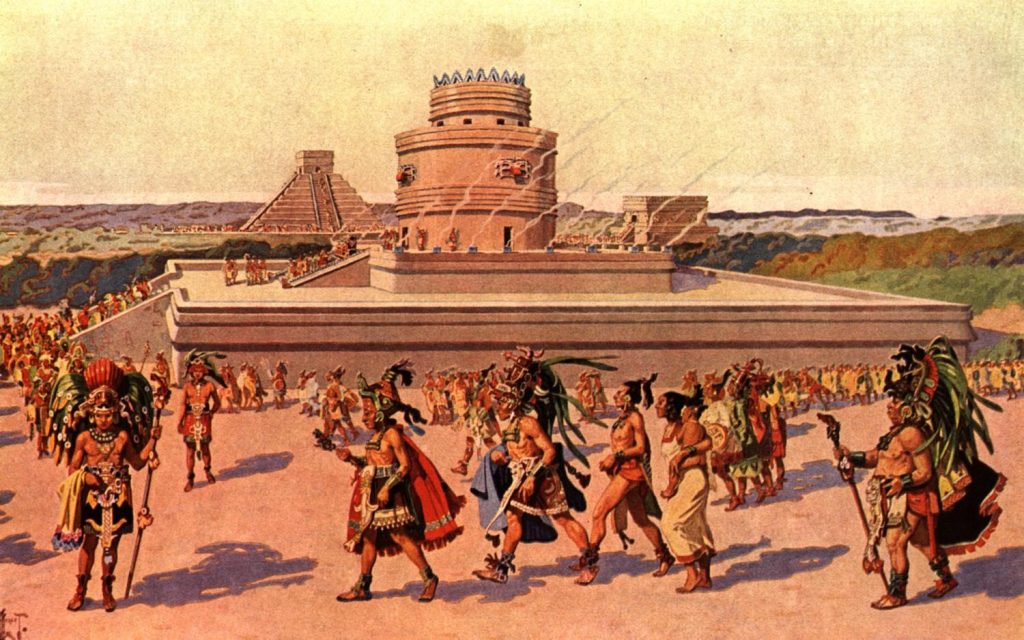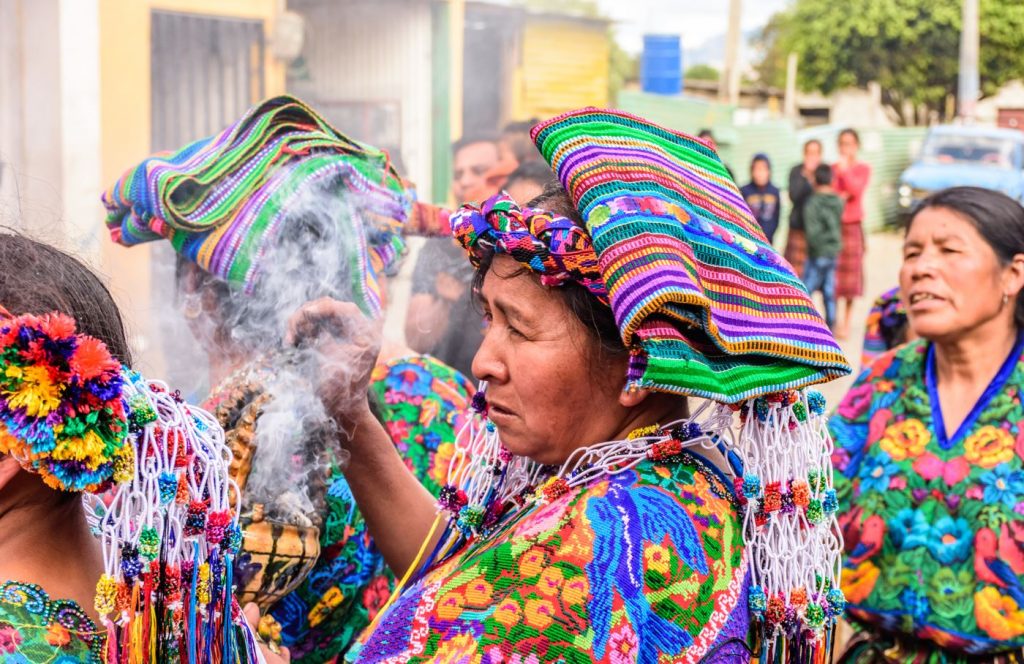The Maya civilization was a complex and highly developed civilization that existed in the Mesoamerican region from 2000 BC to the 16th century AD. The Maya people developed a sophisticated system of writing, mathematics, astronomy, and art, and built impressive architectural structures, such as pyramids and temples. They also developed a complex social, political, and economic system, with city-states ruled by kings and nobles.
The origins of the Maya civilization are not entirely understood. The Maya civilization developed in the Mesoamerican region, which includes present-day southern Mexico, Guatemala, Belize, Honduras, and El Salvador, and reached its peak around 250-900 AD.
The earliest evidence of Maya civilization comes from the Preclassic period (2000 BC-250 AD) when small villages and farming communities began to form. However, the civilization did not truly flourish until the Classic period (250-900 AD).
Scholars have proposed various theories about the origins of the Maya civilization. Some suggest that the Maya were influenced by earlier civilizations in the region, such as the Olmecs. Others believe that the Maya developed independently, drawing inspiration from their own culture and environment.
It is also believed that the Maya civilization was the result of a combination of internal developments and outside influences. The collapse of the civilization in the 9th century AD is still a subject of ongoing research and debate among scholars.
In summary, the origins of the Maya civilization are not well understood, and different theories have been proposed. Further research is needed to gain a more complete understanding of the civilization’s development.
Maya People in Modern Age
The Maya people continue to exist and play an important role in the modern world. In the countries of Mexico, Guatemala, Belize, Honduras, and El Salvador, there are an estimated 6 to 7 million Maya people, who still maintain many of their traditional customs, languages, and beliefs.
Today, the Maya people face a variety of challenges, including poverty, discrimination, and loss of land and resources. However, the Maya community has also been working to preserve their cultural heritage and assert their rights. In recent years, the Maya people have become more organized and active in advocating for their rights, including the recognition of their ancestral lands and the preservation of their cultural heritage.
In addition, the Maya culture and history continue to be celebrated and studied. The ancient Maya civilization is considered one of the most advanced civilizations of its time, and its achievements in writing, astronomy, mathematics, and architecture continue to inspire awe and admiration. The study of the Maya civilization also continues to advance our understanding of the ancient world and its people.
Despite their remarkable achievements, the exact origins of the Maya civilization remain a mystery, with various theories proposing different explanations. However, it is clear that the Maya were a remarkable and influential civilization that left a lasting legacy in the form of their art, architecture, and scientific and cultural innovations. Today, the Maya people continue to maintain many of their traditional customs, language, and beliefs, and their ancient civilization continues to inspire fascination and interest among scholars and the general public.






Comment here